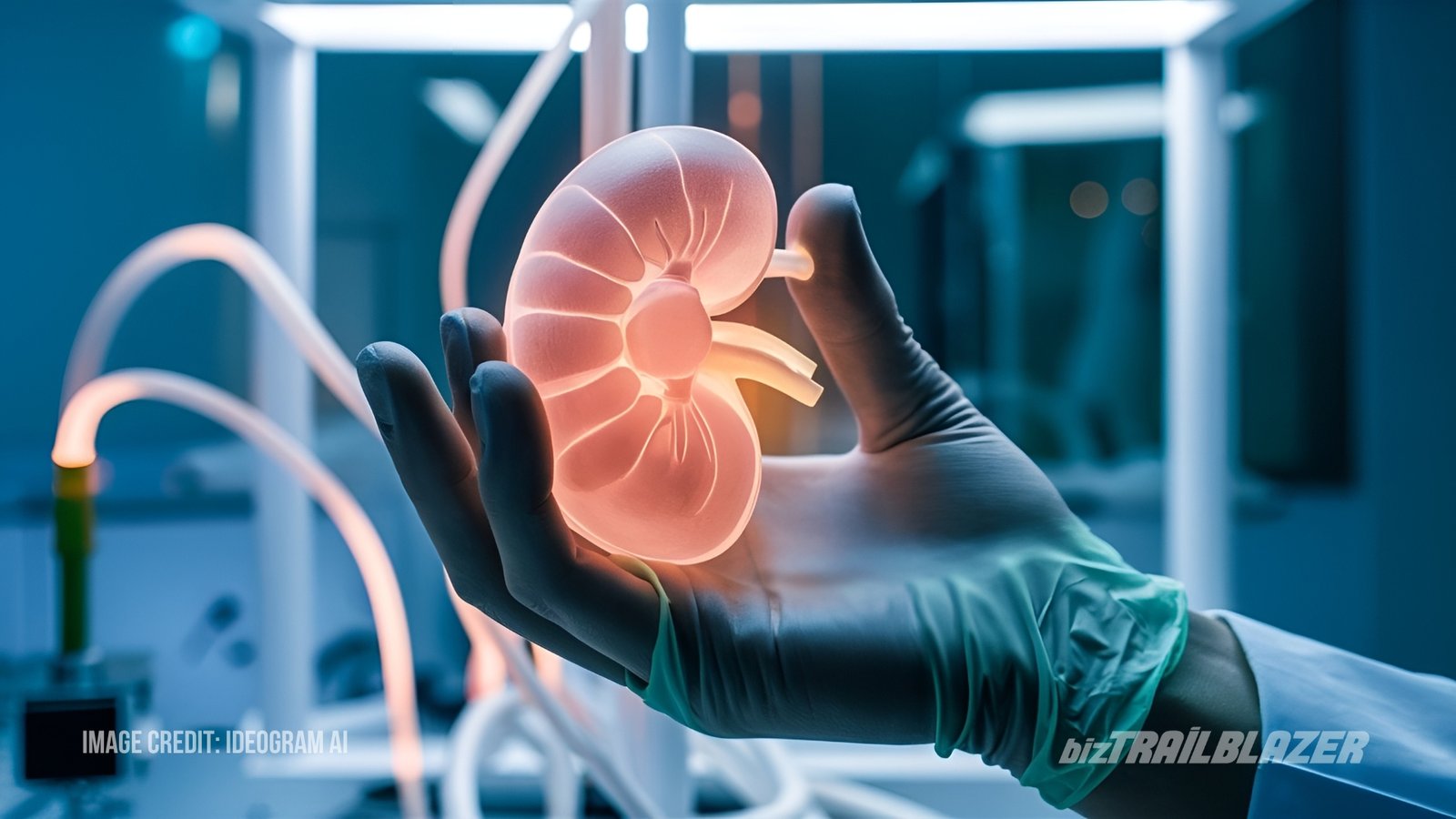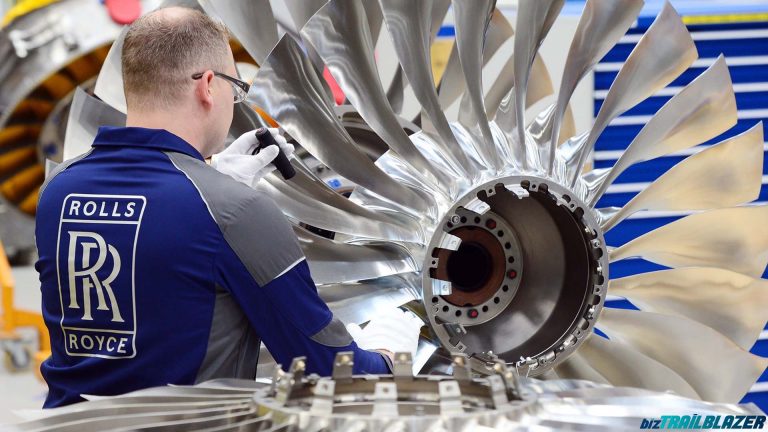Table of Contents
It’s time to give your body a makeover. 3D bio-printed organs could revolutionize the transplant industry and make long waiting lists a tale of the past. Picture kidneys cultivated within labs, and hearts that come out of printers – do you know what I mean? Just before we start celebrating, could this be described as a medical breakthrough, or is it just cheating on nature? There are countless questions concerning ethics. How can we avoid having some rich people get designer organs while others wait for normal ones? May bio-printing be an act of playing God? Get ready for the future of medicine that has been printed on paper in black and white and poses too many “why” questions at once.
The Hope for Bio-Printing: A Last Chance for Desperate Patients
Organ transplantation requirements are very high. According to the United Network for Organ Sharing (UNOS) in the United States alone, over 1,06,000 people wait for life-saving organ transplants daily. 22 people die each day waiting for help. Through using a patient’s own cells to fabricate functional organs, 3D bio-printed organs offer one likely approach. For instance, imagine a future where instead of curing a faulty kidney; another one is fabricated through bio-printing or when replacing an infected heart with its bio-printed copy tailored made specifically for the recipient’s unique needs. This technology has the potential of changing organ transplantation as we know it thereby saving many lives and reducing untold suffering due to lack of organs.
Biomimicry: The Pixelated Key to Creating Replacement Organs
Bioprinting uses three-dimensional printers similar to those used in building physical objects. Nonetheless, in this case, the “ink” is actually comprised of bio-ink –a complicated mixture consisting of living cells mixed with biocompatible materials plus growth factors. These ingredients are meticulously placed by the printer layer by layer to form a scaffold which ultimately becomes an organ that functions.
Still there remain daunting difficulties but there have been some promising achievements by researchers as well. In 2022 scientists from Tel Aviv University were able to print out the first-ever vascularized human heart patch, a necessary step towards creating full-scale functioning organs. In the meantime, advances in stem cells and biomaterials continue to push the limits of what is achievable.
Ethical Considerations: Navigating the Moral Labyrinth
The potential of 3D bio-printed organs is undeniable, but the ethical considerations are equally weighty. Here are some key areas of concern:
- The “designer organ” dilemma: Will bioprinting pave the way for organs with enhanced functionalities, creating a two-tiered healthcare system where the wealthy can afford superior organs?
- The sanctity of life: Does creating organs using bioprinting diminish the inherent value of human life and organ donation?
- Resource allocation: The technology required for bioprinting is expensive. How will access be ensured for those in need, particularly in resource-limited settings?
- Unintended consequences: The long-term effects of bio-printed organs on the recipient’s body remain largely unknown. What are the potential risks of rejection or unforeseen complications?
Open dialogue and robust ethical frameworks are crucial to ensure that bioprinting technology is developed and deployed responsibly.
Beyond the Ethics: Challenges and Considerations
Bioprinting organs have significant technical challenges. Here are some key problems that need to be taken care of:
- Blood vessel network development: An extraordinarily complex system of blood vessels must be created in a bio-printed organ to enable it to function properly. Much still needs to be done in this area.
- Mimicking the structure of natural organs: Bio-printed organs should mimic the delicate architecture and cellular organization characteristic of natural organs for efficiency.
- Long-term functionality: We are still investigating their durability and viability over a long time. However, what happens when these organs age?
Solving these issues will require continuous research work as well as collaboration among scientists, engineers, ethicists, and policymakers.
A Future Where Science and Ethics Collide: Striking the Right Balance
3D bio-printed organs are an amalgamation of promises and ethical dilemmas. It’s not a panacea but a disruptive technology that can change organ transplantation forever. Moving forward, we must prioritize ethical considerations side by side with scientific progress. A responsible path forward may look like this:
- Prioritizing equity and accessibility: Bioprinting technology should benefit all people, not only those who are privileged.
- Open dialogue and transparency: Public discussion about the technology and its limitations must be encouraged while it is still possible.
- Robust regulatory frameworks: Developments in ethical guidelines as well as rules that guide the use and creation of bio-printed bodies.
- Continued research and development: Inject funds into research meant to solve technological problems associated with bio-printed bodies so as to ensure their safety.
It is a marathon, not a sprint towards printing out human body parts. By using collaborative efforts along with ethical grounding, however; we can exploit this technology’s power to unleash a future where death does not come from organ failure anymore. The potential to alleviate suffering and save lives is immense, but it hinges on our ability to navigate the ethical complexities with wisdom and foresight.
Bio-Printed Organs: Future Societal Impacts
3D bio-printed organs could have far-reaching implications beyond the field of medicine. Though, here is a glimpse at some areas where bioprinting may make a profound impact on society:
- Reduced healthcare burden: Making readily available bio-printed parts may greatly alleviate financial pressure on global health systems.
- Better quality of life: Having a functional, bio-printed organ can greatly enhance the quality of life for transplant recipients.
- Shifting the organ donation landscape: Bioprinting might minimize reliance on conventional organ donation and possibly lower emotional and logistical costs involved in these practices.
- Renewed focus on preventive healthcare: The availability of such organs could mean that more attention will be given to prevention rather than transplantation as a solution to human health challenges.
However, there are also potential societal challenges that come with these benefits:
- The rise of “designer medicine”: The fears about rich people accessing bio-printed organs that have additional functionalities can only worsen existing health inequalities between different classes of people.
- Psychological impact: It is important to explore and address psychological implications associated with the reception of bio-printed organs as compared to donor ones.
- Impact on the black market: Is bioprinting going to create new avenues for black market trading in human organs or it would help reduce illegal trade?
These possible pitfalls need open discussions and proactive measures to ensure that they do not become real downfalls but serve the larger purpose of bioprinting technology.
Conclusion – A Symphony of Science, Ethics, and Humanity
3D printing organs stands as an impending medical upheaval. It’s an innovation brimming with potential to relieve human pain and save many lives. However, this promise comes with the duty to navigate complex ethical terrain. Through priority-setting transparency, equity, and strong ethical frameworks we can ensure that bioprinting becomes a positive force that results in a future where organ failure does not define destinies. The way forward involves a symphony of scientific progress, ethical considerations, and unfading human compassion. Let’s therefore use this chance to create new paths for the future where this technology can be an example of our collective intelligence and conscience.















![Top 15 Best Chrome Extensions [in 2023] 25 BizTrailBlazer-Blog-Top-15-Best-Chrome-Extensions-in-2021](https://www.biztrailblazer.com/wp-content/uploads/2021/07/BizTrailBlazer-Blog-Top-15-Best-Chrome-Extensions-in-2021.jpg)